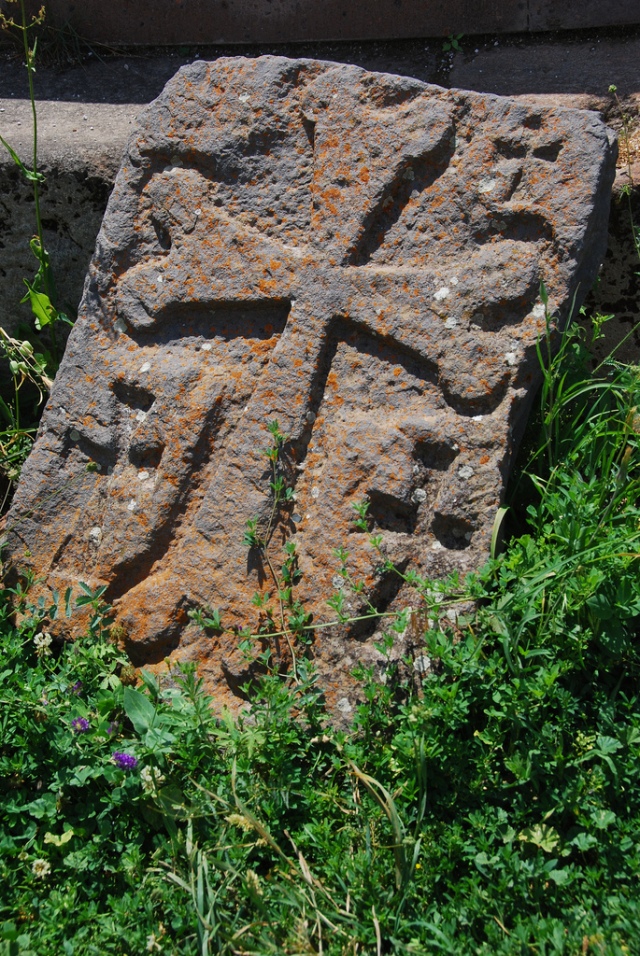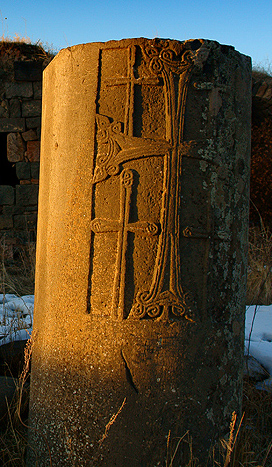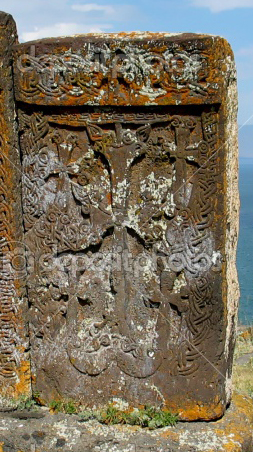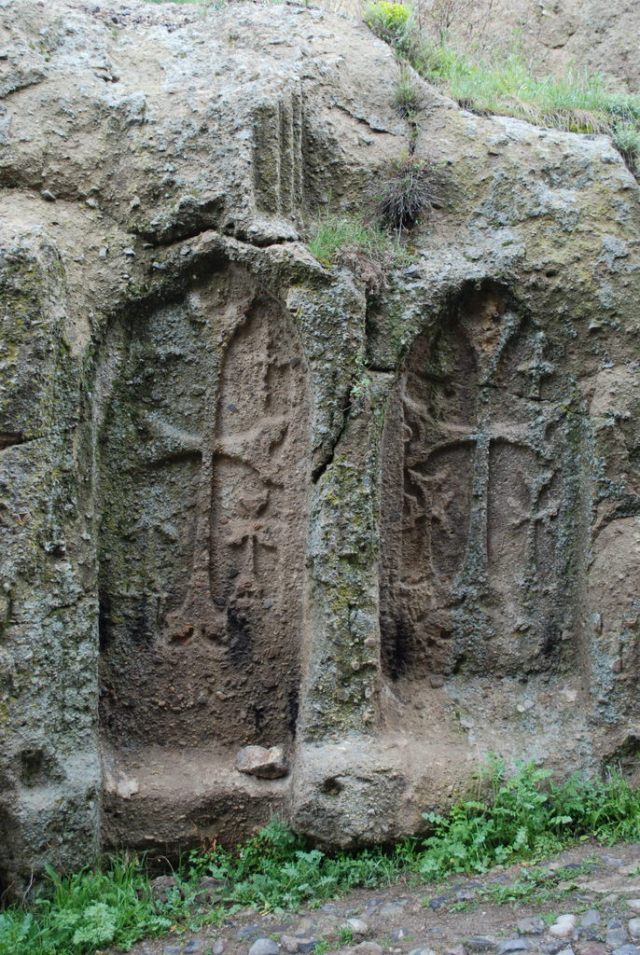The Cross is arguably the most familiar symbol of Christianity, but nowhere is this iconography as crucial or culture-entrenched, as it is in Armenia. Armenians have often been called people of the cross and their land; the land of the cross. Wherever you go, thousands of khachkars, or Armenian cross-stones, pervade the mountainous conscience of the world’s oldest Christian nation, providing a rare glimpse into the art of Armenian spiritual expression.
Starting from the 4th century, the conversion of Armenians, and the instatement of Christianity as a state religion in AD 301, issued a new era of national consciousness. Thus placing the cross in the center of Armenian iconography. The results of which have left many bewildered, in their own times untill today. When crusaders ventured into the highlands of Armenia they inevitably came in contact with Armenian cross veneration and their intricate designs. The Armenian Kingdom of Cilicia was a strong ally of the European Crusaders, and saw itself as a bastion of Christendom in the East. The European Crusaders borrowed know-how, such as elements of Armenian castle-building, art and church architecture. During the reign of Constantine I, the First Crusade took place. An army of Western European Christians marched through Armenian Highlands and Cilicia on their way to Jerusalem. The Armenians in Cilicia gained powerful allies among the Frankish Crusaders, whose leader, Godfrey de Bouillon adopted the “Jerusalem cross” design from Armenian iconography of the time.
Armenian aid to the Crusaders was described by Pope Gregory XIII in his Ecclesia Romana:
“Among the good deeds which the Armenian people has done towards the church and the Christian world, it should especially be stressed that, in those times when the Christian princes and the warriors went to retake the Holy Land, no people or nation, with the same enthusiasm, joy and faith came to their aid as the Armenians did, who supplied the Crusaders with horses, provision and guidance. The Armenians assisted these warriors with their utter courage and loyalty during the Holy wars.”
The friendly relationship between the Armenians and Crusaders was cemented with intermarriages frequently occurring between them. Before becoming King of Jerusalem and establishing the first Crusader state (which adopted that symbolic cross), Godfrey’s brother Baldwin of Boulogne was first Duke of Edessa (Armenian Urha, Urfa), which he became due his adoption as the son of Armenian Prince Toros of Urha. Baldwin also wed the daughter of Prince Toros, making her the first Queen of the Kingdom of Jerusalem.
The kingdom of Armenian Cilicia had its origins in the principality founded c. 1080 by the Rubenid dynasty, an offshoot of the larger Bagratid family, which at various times had held the thrones of Armenia and Georgia. The Armenian royal house of Bagratuni (Georgian Bagrationi) later established themselves as rulers of Iberia (modern Georgia) spreading the usage of Jerusalem cross into Georgia in the 14th century.
The medieval monk Thomas à Kempis, on the subject of the Cross, once remarked, “In the Cross is salvation; in the Cross is life; in the Cross is protection against our enemies; in the Cross is infusion of heavenly sweetness; in the Cross is strength of mind; in the Cross is joy of spirit; in the Cross is excellence of virtue; in the Cross is perfection of holiness….” Since 2010, Armenian cross-stones, their symbolism and craftsmanship are inscribed in the UNESCO list of Intangible Cultural Heritage.
Let us look at some early examples of Jerusalem cross in Armenia.
Let’s also look at some historic Armenian flags.
Sources:
“Cilician Kingdom”. Globe Weekly News. Retrieved 2009-12-28.
http://en.wikipedia.org/wiki/Armenian_Kingdom_of_Cilicia




















































